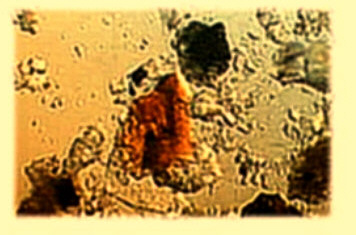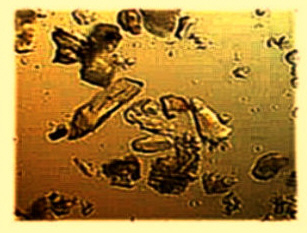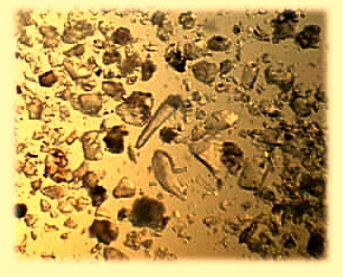The title seems misleading and unrelated but recent events will prove otherwise. I must note here that a tropical wave or low is a meteorological disturbance or area of low pressure and disturbed weather that originates in the west coast of Africa usually south east of the Cape Verde Islands. These waves travel all the way to the Caribbean Sea and during this time of the year some of them may develop into tropical storms and even hurricanes. In fact this particular tropical wave gave rise to the recent tropical storm Barry that made landfall in the Florida panhandle.
On the weekend July 30 and 31 there was greater than usual activity of the Soufrière volcano in the nearby island of Montserrat. Soufrière is what is called a strato volcano and eruptions usually result in very hot pyroclastic flows in which a significant amount of volcanic ash is produced. This particular volcano has been active since 1995 and is forecast to remain active for a few more years.
Volcanic ash is composed of a very fine dust that contains a component of silica called cristobalite, crystals of silica and quartz. The ash cloud may end up very high in the atmosphere at levels of 10,000 feet or more. It is usually carried by the prevalent west winds and bypasses nearby islands like ours without any major consequences. Volcanic ash in significant quantities can produce long and short-term respiratory distress.
By pure serendipity the recent
activity and consequent ash cloud from the Soufrière volcano coincided
with the passage of a strong tropical wave brought to the Leeward Islands
by southeast winds. The ash became mixed with the rain clouds in the wave
and heavy rains basically washed down the volcanic ash in significant amounts
over our island. The result was a gray-yellowish fine dust cover that appeared
over everything after the rainwater dried up. The consequences were from
a respiratory problems alert to the closure of the Munoz Marin International
airport in San Juan due to the danger from the dried up and very fine dust.
Apart from the inconveniences this amateur microscopist saw a unique opportunity
and collected samples of the ash for study. Wet mounts of the collected
ash were prepared for study under the microscope and the following images
show the results.

Figure 1. An amber crystal is shown as observed at 400x. |

Figure 2. Fractured and birefringent pieces in the center at 400x. |

Figure 3. A general view of the
ash at 100x.
These images are not as clear as I would like but they show some of the major components of volcanic ash. Most of the particles have an average size of 50 microns but there are particles as large as 300 microns and as small as 5 microns or even less (see figure 3). The smaller particles can easily gain access deep into our respiratory system causing respiratory problems. One of the striking features is that most particles look like fractured pieces of glass (figures 2 and 3). This is in agreement with the fact that most of the volcanic ash is composed of the breakdown products of rocks that are being pushed and ground against each other by the eruptive forces of the volcano.
Some of the particles seem to be embedded with reddish crystals while a few look like fractured amber glass (see figure 1). Some oval and dark particles are also present. I found that the wet mount permitted better observation and regular distribution of the particles under study. In addition the dust is so fine that it could easily be blown off from the slide by one's own breath if not mounted in water. One characteristic of this dust is that it sticks to many surfaces except glass. The dust covered even the plastic vial walls were it was collected.
The images shown were taken with an AFGA 305 digital camera and a Zeiss microscope at 400x. The camera was placed by hand on top the microscope's photographic eyepiece. Observations of the ash were also done using crossed polars. More than 75% of the particles observed showed some degree of birefringence.
Soufrière has basically made life difficult for Montserrat. The city of Plymouth to the west of the volcano has been abandoned and is covered by several meters of ash. For those who would like to read more about this volcano and see some photos of Montserrat you can access the information at the following address: http://www.geo.mtu.edu/volcanoes/west.indies/soufriere